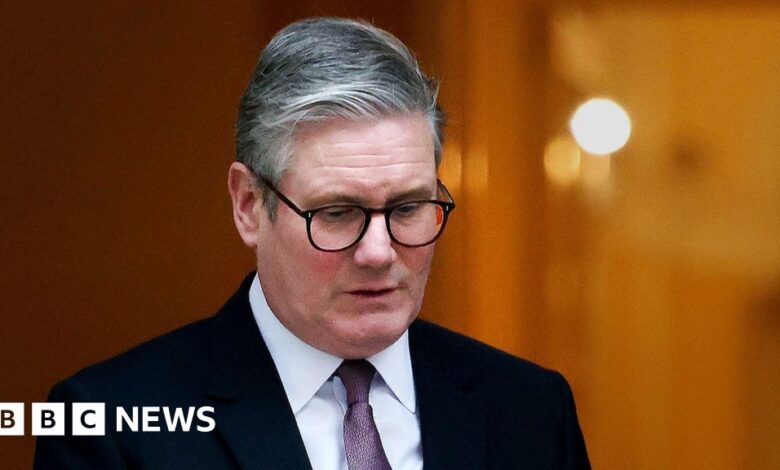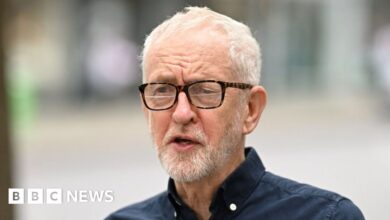Chris Mason: Political heat map flashes red over Treasury

If you were to produce a political heat map of the government right now, there is one big bit that would be bright red, and probably flashing: the Treasury.
Firstly, there have been all of the headlines about the now former Economic Secretary to the Treasury, Tulip Siddiq.
For all of the complexities and subtleties of this story, and there are plenty, the inescapable crux of it was something even the most polished public relations executive would struggle to add much gloss to.
The minister responsible for the government’s anti-corruption drive was named in a corruption investigation.
Awkward.
It is vital to stress Tulip Siddiq has always insisted she has done nothing wrong and the prime minister’s independent adviser on ministerial standards concluded she had not broken the ministerial code.
The investigation, by Bangladesh’s Anti-Corruption Commission, is looking into claims Tulip Siddiq’s family embezzled up to £3.9bn.
The now former minister’s aunt Sheikh Hasina was the country’s prime minister until she was deposed last year.
In an interview with the Sunday Times at the weekend, her replacement, Muhammad Yunus, said that homes used by Tulip Siddiq in the UK should be handed back to his government if they had been gained through “plain robbery.”
And what are the responsibilities of the economic secretary to the Treasury?
Well, tackling economic crime, money laundering and illicit finance among other things.
And remember, politics isn’t a court of law, but a court of perceptions – where unanswered questions are dangerous because they amount to more headlines, however fair or otherwise that might be.
The independent adviser, Sir Laurie Magnus, concluded that “given the nature of Ms Siddiq’s ministerial responsibilities… it is regrettable that she was not more alert to the potential reputational risks.”
And, he added: “I would not advise that this shortcoming should be taken as a breach of the ministerial code, but you will want to consider her ongoing responsibilities in the light of this.”
Oh dear.
And she is out, but this was a resignation with warmth on both sides with the prime minister suggesting publicly she could well serve as a minister again.
Contrast that, incidentally, with the three-sentence missive he rattled off to Louise Haigh, when she resigned as transport secretary in November.
Let’s turn next to the Chancellor Rachel Reeves, who has also struggled to get herself out of the headlines.
The prime minister has heaped praise on her and expressed a parliament’s worth of confidence in her.
The dip in inflation in the latest figures just published are better than the alternative for Rachel Reeves – albeit the rate at which prices are rising is still higher than the target the Bank of England aims for.
But the soaring cost of government borrowing is a symptom of the markets collectively sounding unconvinced by the government’s economic strategy.
The chancellor has said “the economic headwinds we face are a reminder that we must go further and faster to kick start economic growth that plunged under the last government”.
What does that mean?
They’ll crack on with what they call their “industrial strategy” – there will be more announcements like the one about artificial intelligence on Monday.
The Conservatives say business confidence has fallen through the floor and say ministers have talked down the economy.
From the prime minister’s perspective, the aspirin of resignation eases the Tulip Siddiq headache he has had to endure.
Shaking off the persistent and painful government migraine of sluggish economic growth could take a lot longer and doing so, or not, is likely to have far greater and long-lasting political consequence.




